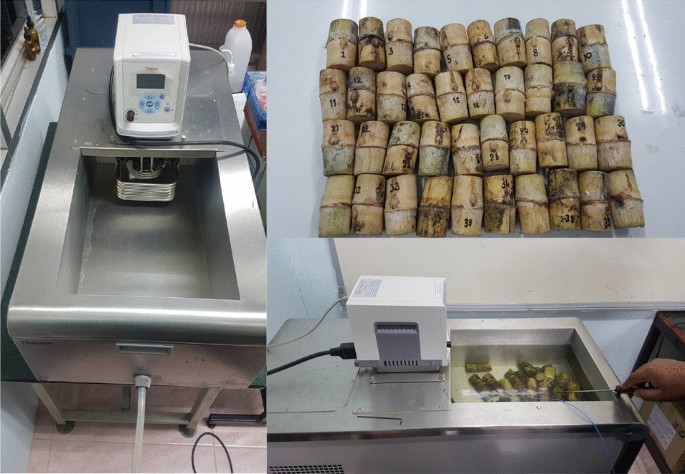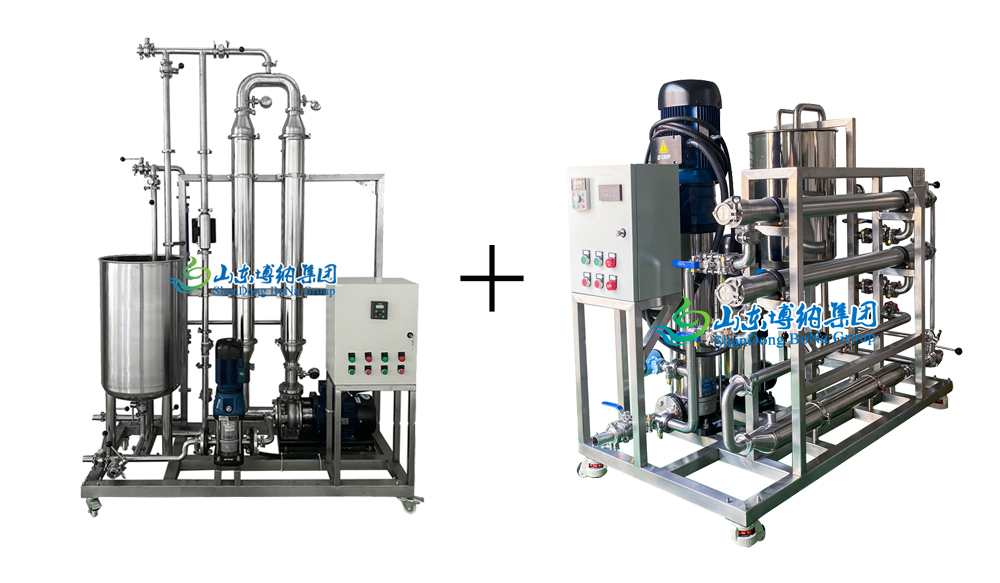Why Brands Are Investing in Products From Sugarcane for Sustainability
Why Brands Are Investing in Products From Sugarcane for Sustainability
Blog Article
Unlocking the Possible of Products From Sugarcane: a Comprehensive Overview
The capacity of sugarcane extends much past its standard usage for sugar production. This guide checks out the complex applications of sugarcane, from energy and eco-friendly materials to wellness items. By examining its journey from area to manufacturing facility, it discloses exactly how sustainable practices can change waste right into beneficial resources. As markets seek green services, the concern continues to be: just how can these developments improve our strategy to agriculture and manufacturing?

The Journey of Sugarcane: From Field to Factory
Sugarcane undergoes a remarkable change as it travels from lush areas to dynamic factories. In the fields, the high, environment-friendly stalks are collected, typically by mechanical ways or manual labor. Once cut, the sugarcane is quickly transported to refining centers to guarantee optimum quality. At the manufacturing facility, the very first step involves crushing the walking cane to remove the wonderful juice, which has sucrose. Products From Sugarcane. This juice is after that filtered and cleared up, eliminating impurities. Following this, it undertakes evaporation to concentrate the sugar material, causing crystallization. The resulting sugar crystals are divided from the continuing to be molasses with centrifugation. Ultimately, the sugar is dried and packaged for distribution. Throughout this trip, keeping top quality and effectiveness is crucial, as the techniques employed directly effect the item's final top quality. This change not only highlights the farming importance of sugarcane yet likewise its considerable duty in the global economic situation
Sugar and Its By-products: Even More Than Simply Sweet taste
The change of sugarcane right into polished sugar unlocks to a broad range of products and applications that expand beyond mere sweet taste. Sugar and its derivatives, such as molasses, brown sugar, and glucose, play vital functions in different sectors, consisting of food, pharmaceuticals, and cosmetics. In the food field, these ingredients improve flavors, boost texture, and function as preservatives.Molasses, a byproduct of sugar manufacturing, is rich in minerals and vitamins, making it a beneficial component in wellness foods and pet feed. Sugar, a basic sugar stemmed from sugarcane, serves as a substantial power source in sporting activities nutrition and is important in the manufacturing of confectionery. In addition, sugar derivatives are used in fermentation procedures, adding to the manufacture of liquors and other microbial products. Overall, the adaptability of sugar and its derivatives highlights their importance beyond simple sweetness in everyday life.
Biofuels: Harnessing Power From Sugarcane

A considerable portion of international biofuel manufacturing now relies upon sugarcane, identified for its high power return and effectiveness in transforming sunshine right into biomass. This exotic plant acts as a key source for ethanol, a sustainable fuel that can change gas in automobiles. Sugarcane's capability to create even more ethanol per hectare than other feedstocks, such as corn, adds to its boosting appeal among biofuel producers.The fermentation process of sugarcane juice or molasses produces ethanol, which can be blended with fossil fuels to reduce greenhouse gas exhausts. In addition, by utilizing the residual bagasse from sugarcane processing, power can be produced via burning, additional enhancing the sustainability of biofuel production. As countries look for to mitigate environment change effects, sugarcane biofuels offer a promising service, boosting power safety and advertising agricultural sustainability while supporting rural economic situations.
Naturally degradable Plastics: The Lasting Alternative
How can sectors change to more lasting methods in the face of growing plastic pollution? One encouraging service lies in eco-friendly plastics originated from sugarcane. Unlike traditional petroleum-based plastics, these bioplastics use a green option that can considerably lower environmental effect. Made from renewable energies, sugarcane-based plastics break down extra swiftly in numerous conditions, minimizing landfill buildup and aquatic debris.The production of biodegradable plastics not just addresses waste monitoring obstacles yet also aligns with the raising customer demand for lasting products. Industries adopting these products can improve their brand name photo while adding to a circular economic situation. Furthermore, the change to eco-friendly options encourages technology and investment in new modern technologies, fostering a greener industry landscape.As much more business recognize the advantages of sugarcane-derived plastics, the possibility for prevalent adoption increases, paving the method for a much more lasting future in product packaging and product design.
Animal Feed and Fertilizers: Utilizing By-products
The results of sugarcane processing hold significant possibility for both pet nourishment and natural plant foods. These results can be integrated into animal feed, giving vital nutrients while reducing waste. In addition, they can work as efficient natural plant food choices, enhancing dirt health and wellness and promoting lasting agricultural techniques.
Byproducts in Pet Nourishment
While sugarcane is largely valued for its sucrose material, its by-products play a crucial role in pet nutrition, specifically in the type of pet feed and plant foods. The fibrous residue referred to as bagasse, produced during the extraction of juice, acts as a beneficial resource of roughage for animals. This high-fiber material boosts digestion and advertises general health in ruminants. Additionally, molasses, a by-product of sugar refining, is rich in power and can be utilized to supplement animal diet plans, improving palatability and dietary worth. Furthermore, vinasse, a liquid byproduct from ethanol manufacturing, has crucial nutrients and can be made use of as a feed additive. Generally, sugarcane byproducts add greatly to sustainable animal nourishment techniques.
Organic Plant Food Options
Making use of sugarcane byproducts prolongs beyond pet nutrition to encompass organic plant food options that profit farming methods. The fibrous deposits, look what i found such as bagasse and filter cake, serve as efficient organic plant foods, improving soil health and wellness and enhancing plant yields. These products are rich in nutrients, including nitrogen, phosphorus, and potassium, important for plant development. When disintegrated, they boost dirt structure, water retention, and microbial activity, promoting a lasting farming community. Furthermore, making use of sugarcane by-products for fertilizing decreases dependence on synthetic fertilizers, promoting eco-friendly farming approaches. By recycling these by-products, farmers can add to a circular economic situation while maximizing their performance and lowering waste. This method exemplifies innovative strategies in sustainable farming, leveraging sugarcane's complete potential.
Wellness and Health: Nutritional Conveniences of Sugarcane
Countless researches highlight the dietary advantages of sugarcane, making it a valuable addition to a well balanced diet. Rich in important nutrients, sugarcane includes significant quantities of minerals, carbohydrates, and vitamins, especially vitamin C, potassium, and calcium. These parts add to total health, sustaining immune feature and bone strength.Moreover, sugarcane is a natural source of antioxidants, which assist combat oxidative stress and anxiety and swelling in the body. Its high fiber material help in food digestion, promoting gut wellness and avoiding bowel irregularity. In addition, sugarcane juice has been linked to hydration and power replenishment, making it an exceptional choice for athletes or those engaging in laborious activities.Furthermore, the glycemic index of sugarcane is reasonably low, enabling an extra gradual release of power, which might be beneficial for individuals managing blood sugar levels. In general, including sugarcane into one's diet regimen can use a renewing and nourishing option for health-conscious individuals.
Advancements in Sugarcane Products: Future Trends and Possibilities
What advancements exist in advance for sugarcane items as sectors seek to improve sustainability and customer appeal? The future of sugarcane items is positioned for substantial improvements, driven by the need for environment-friendly choices. Advancements in bio-based packaging, originated from sugarcane, are obtaining traction, using a lasting replacement for typical plastics. Additionally, the exploration of sugarcane's bioactive substances is likely to cause new health and wellness supplements and useful foods, maximizing its natural benefits.Research into fermentation processes may yield unique biofuels, even more expanding sugarcane's utility. The development of genetically customized sugarcane ranges guarantees boosted yields and resistance to pests, thereby supporting lasting farming techniques. As customers come to be a lot more eco conscious, the integration of openness in sourcing and production approaches will likewise play a necessary function fit the future of sugarcane items. Eventually, these developments might redefine sugarcane's placement in worldwide markets.
Frequently Asked Questions
What Are the Environmental Influences of Sugarcane Farming?
The ecological impacts of sugarcane farming consist of deforestation, loss of biodiversity, soil degradation, and water pollution - Products From Sugarcane. Furthermore, excessive chemical and plant food use can harm ecological communities, while monoculture techniques might bring about decreased durability against climate change

Exactly How Is Sugarcane Processed Into Different Products?
Sugarcane processing entails harvesting, squashing, and removing juice, which is then made clear and focused. The resulting syrup can be fermented for ethanol or crystallized for sugar, while fibers are utilized for bioenergy and other products.

Exist Any Kind Of Wellness Dangers Linked With Sugarcane Intake?
The question of health and wellness risks related to sugarcane consumption highlights concerns such as excessive sugar intake, potential allergic reactions, and gastrointestinal issues. Small amounts is important to mitigate these risks while enjoying its nutritional advantages.
What Are the Economic Advantages of Sugarcane Growing?
The economic benefits of sugarcane growing include job development, increased agricultural productivity, and contributions to regional economic climates. Additionally, it supports renewable resource manufacturing web and offers numerous spin-offs that can improve productivity more info here within varied markets.
Exactly How Does Sugarcane Contrast to Other Renewable Resources?
Sugarcane, as a renewable energy, demonstrates greater efficiency in biomass manufacturing contrasted to many choices. Its flexibility enables different results, contributing significantly to lasting practices, financial development, and reducing reliance on fossil gas. Sugar, a simple sugar acquired from sugarcane, offers as a substantial energy resource in sports nutrition and is crucial in the production of confectionery. Sugarcane's capacity to create even more ethanol per hectare than various other feedstocks, such as corn, adds to its enhancing appeal amongst biofuel producers.The fermentation process of sugarcane juice or molasses creates ethanol, which can be blended with fossil fuels to decrease greenhouse gas emissions. Additionally, sugarcane juice has been connected to hydration and power replenishment, making it an outstanding choice for professional athletes or those engaging in strenuous activities.Furthermore, the glycemic index of sugarcane is fairly low, enabling for a more steady launch of energy, which might be useful for individuals managing blood sugar levels. In addition, the exploration of sugarcane's bioactive compounds is likely to lead to new wellness supplements and useful foods, capitalizing on its natural benefits.Research into fermentation processes might yield novel biofuels, better expanding sugarcane's utility. The concern of health risks linked with sugarcane consumption highlights concerns such as too much sugar intake, possible allergies, and stomach problems.
Report this page